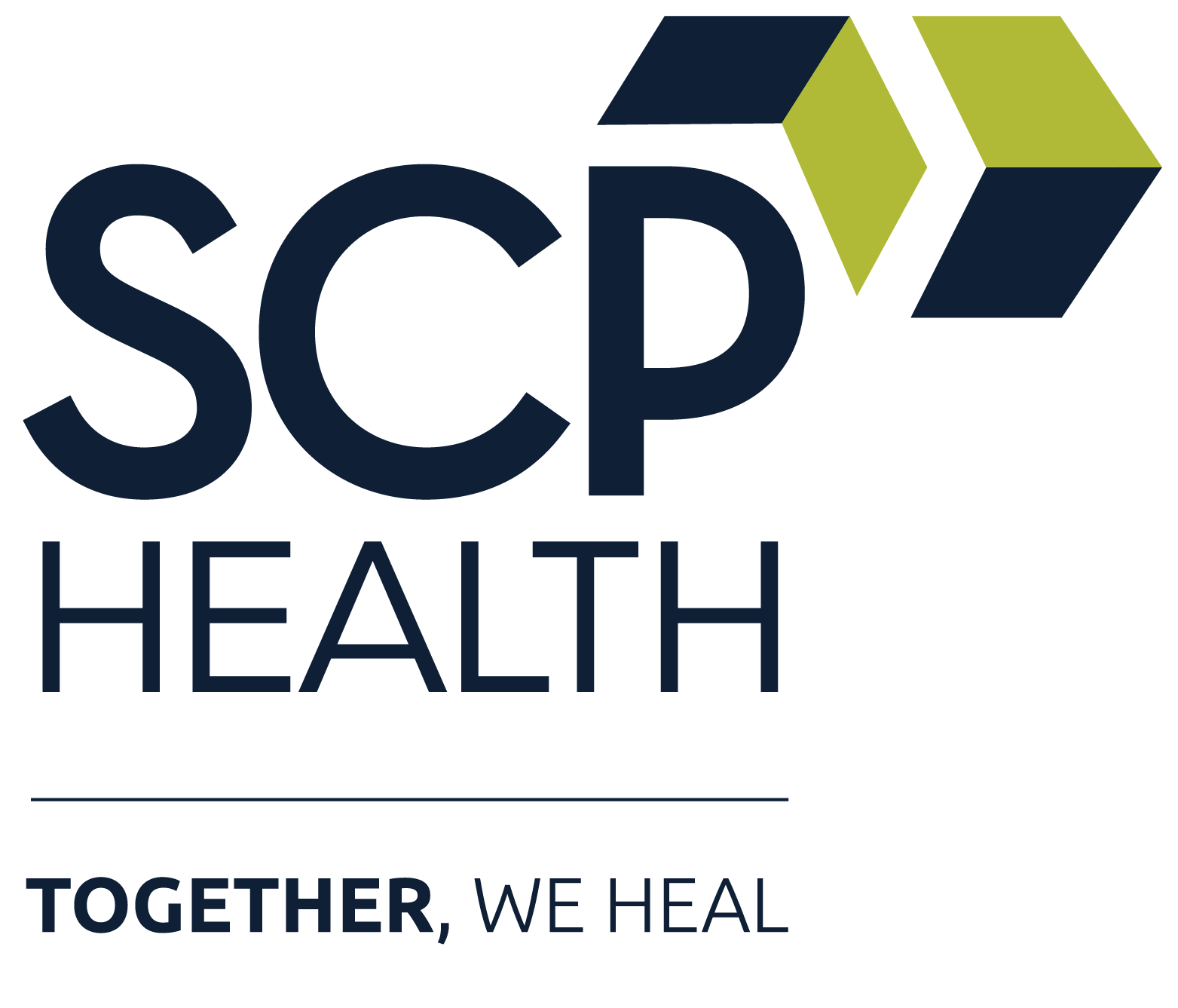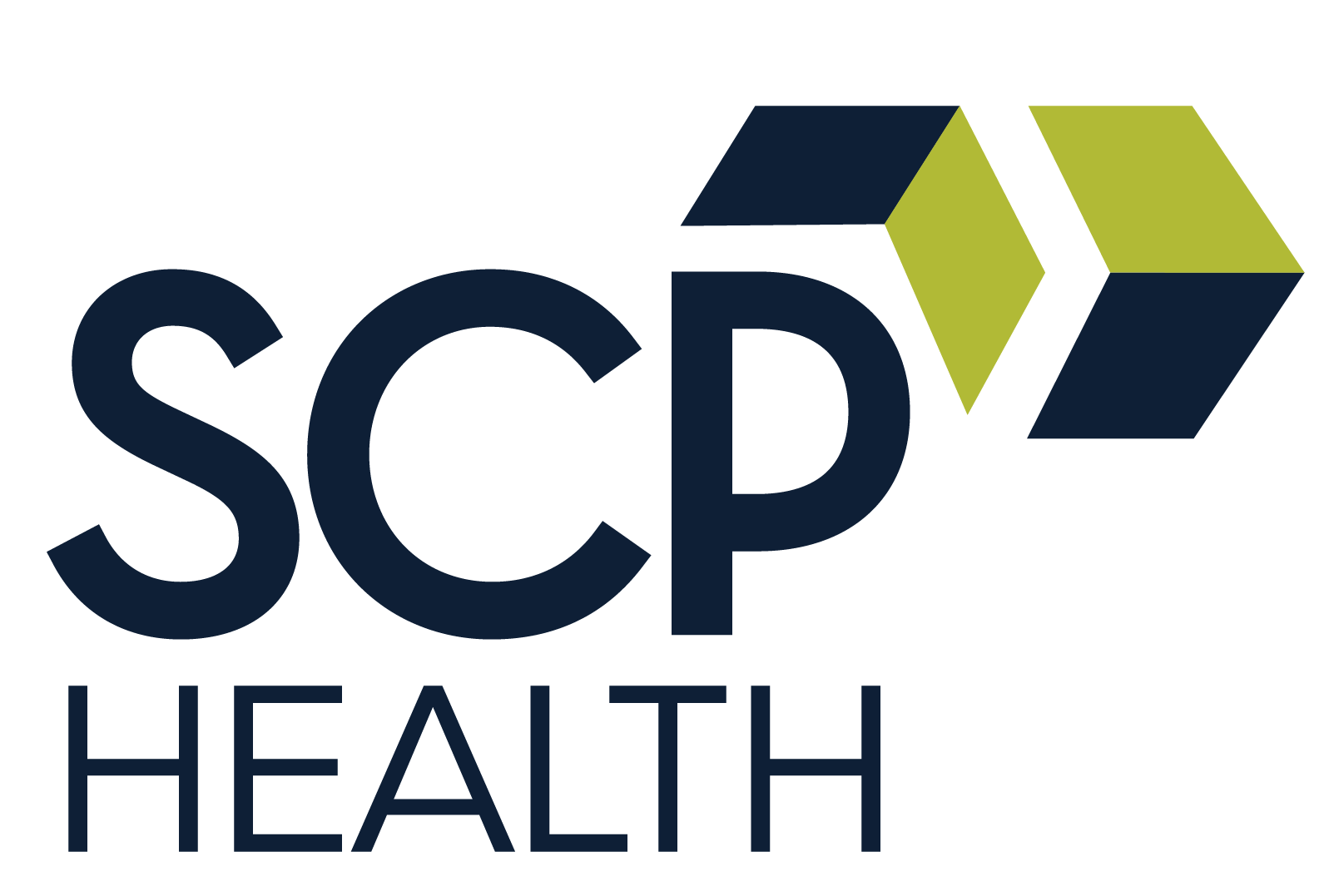A hospital is a true test of leadership at all levels. Leadership can make the difference in terms of culture, recruitment, and retention.
Imagine a busy hospital and the community that depends on it for timely, quality care.
An emergency medicine doctor navigates complex clinical challenges and organizational dynamics. A Medical Director balances the demands of patient care with staff well-being, ensuring neither is compromised in high-pressure situations. A hospital administrator faces the challenge of efficiently allocating resources during times of unexpected surges and shifting economic pressures. Meanwhile, a physician group leader aims to foster collaboration among diverse specialties to ensure comprehensive, coordinated care.
Yet, what makes a leader stand out in such a complicated environment?
Hallmarks of Good Leadership Across All Levels
The question of what makes for effective clinical leadership, regardless of the level, is hardly a novel one. The BMJ1, McKinsey2, Harvard3, AAPL4, and others have published reviews, studies, and analyses of the criteria that make for effective leadership within a clinical context.
There is broad agreement that, no matter the level, effective leaders bring certain skills to the workplace:
- Communication with Respect: Good leaders value open and respectful communication, setting a tone of mutual respect.
- Open to Questioning: They explain rationales and welcome being questioned, fostering a culture of transparency and learning.
- Active Listening: Effective leaders listen to complaints, explanations, and feedback, demonstrating empathy and understanding.
- Loyalty and Advocacy: They advocate for their teams, showing commitment and loyalty.
- Cross-departmental Collaboration: Good leaders work across departmental lines to foster unity and efficiency.
Clinicians who have participated in leadership development training have no doubt encountered curriculums that seek to teach and improve these skills. They can be practiced at any level, by any clinician, regardless of whether they hold a title of leadership.
But what do these qualities look like when applied to specific roles within a hospital setting? And how should clinicians who are evaluating their next career move evaluate leaders at different levels?
Medical Directors: The Player/Coaches
Medical Directors have a dual role as both clinical and administrative leaders. They’re often player/coaches, deeply involved in both patient care and organizational management. A good Medical Director will value open communication and will ask for candor about clinical experience and perspective on health care administration.
They will possess a deep understanding of both the clinical and administrative sides, maintaining open communication channels with both. Their ability to speak up, even in challenging situations, and hold people accountable, sets the tone for an environment of high standards and mutual respect.
Hospital Administration: The Clinically Driven Strategists
A hospital administrator’s decision-making is deeply rooted in clinical realities, reflecting an understanding of the medical needs at hand. They must allocate limited resources, evaluate immediate patient care requirements, and balance those with the long-term impact on hospital operations.
Good leaders in hospital administration act as a crucial bridge between clinical requirements and organizational resources, striving for outcomes that are beneficial for both patients and the health care team. Their focus always remains on the people—patients and staff—ensuring their decisions enhance the quality of care and support a sustainable health care environment.
Group Leadership: The Dyad Model Advocates
In the context of physician group leadership, the dyad model is usually a critical part of the framework for effective leadership. This model fosters a synergistic relationship between clinical and administrative leaders, ensuring that clinical decisions are informed by medical expertise and workflow and efficiency are operationally sound. These leaders invest in their clinicians, focusing on development and well-being. They are also focused on developing the next generation of leaders, understanding that sustainable leadership is about nurturing future potential.
Embracing Leadership at Every Stage
Of course, leadership is not confined to those with specific titles. Every clinician, at every level, can grow and develop throughout their career, making a difference no matter where you are positioned.
In fact, building positive relationships with leadership is a critical skill for nearly every clinician, especially in complex hospital settings. This involves understanding and positively interacting with direct supervisors and higher-level administrators, with the aim of influencing change within their organizations.
This includes articulating concerns and ideas in a way that resonates with upper management, actively seeking feedback for improvement, and understanding the broader organizational goals. When done skillfully, strengthening these relationships can lead to better alignment of departmental objectives with overall hospital strategy, driving improvements in patient care and operational efficiency.
As a clinician, recognizing these leadership qualities can help you not only in choosing your leaders but also in developing your leadership skills. Understanding what to look for in leaders at various levels is not just beneficial; it’s essential for creating a positive, effective, and patient-centered health care environment.






